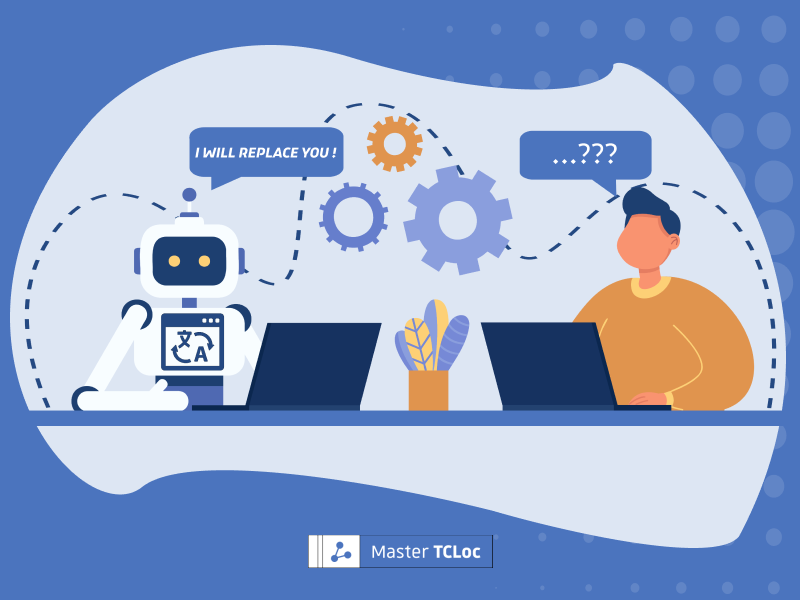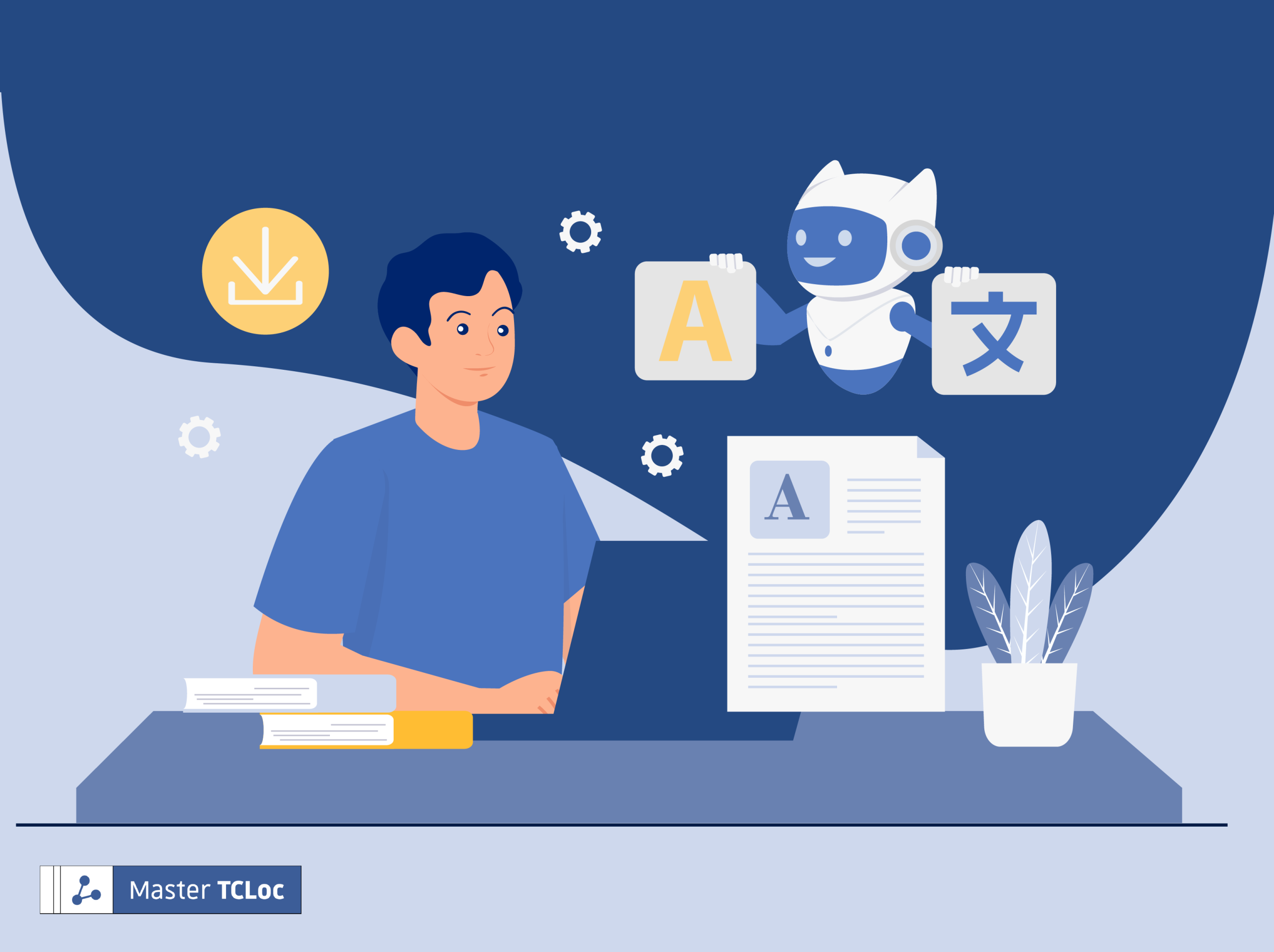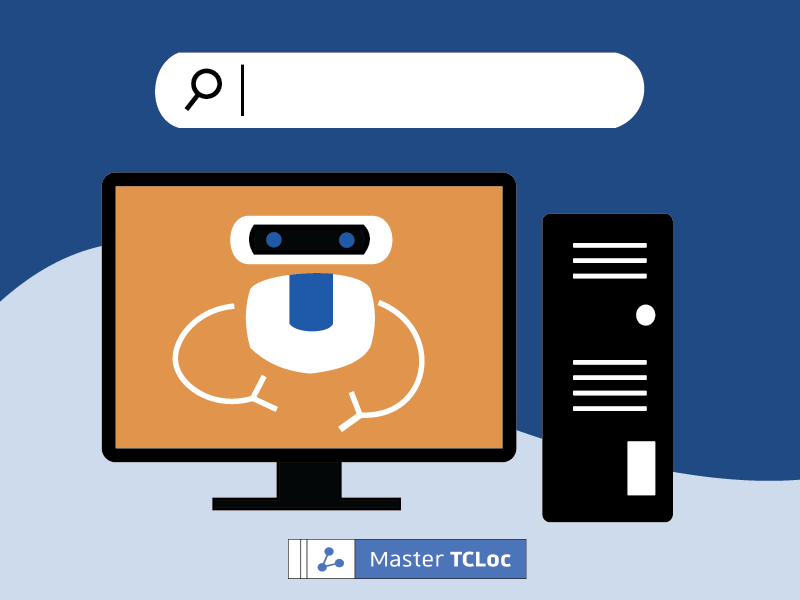In recent years, with the rapid advancement of artificial intelligence (AI) technology, machine translation (MT) has become a fast-growing field in the localization and translation industry. The popularity of machine translation stems from its increased productivity compared to conventional translations by humans.
Along with this, one big question has emerged: will machine translation replace human translators?
To answer this question, let’s take a look at the development of machine translation technologies, as well as their benefits and limitations.
What is Machine Translation?
Machine translation (MT) refers to computational systems that automatically translate the source language into the target language without human involvement.
The Development of Machine Translation Technology
Until today, there have been continuous efforts to improve machine translation technology. Here, we’ll learn about three major models and their features.
1. Rule-Based Machine Translation
Rule-Based Machine Translation (RBMT) is the first MT technology. It generates translation based on grammar and other linguistic rules of a source and target language. Rule bases are typically developed by linguistic experts together with dictionaries. Currently, there are limited numbers of rule bases, and creating new language rule bases requires a lot of time and resources. Due to the poor and machine-like translation, human post-editing is largely needed.
2. Statistical Machine Translation
Statistical Machine Translation (SMT) is the second generation of MT, based on probability analysis of existing human translations. Since it does not take the context into account, it frequently results in irrelevant word choice and mistranslation. Some systems include rule bases to improve quality (known as Hybrid Machine Translation).
3. Neural Machine Translation
Neural Machine Translation (NMT) is considered to be the most promising to date. It uses AI that learns and improves its knowledge of a language using a wealth of artificial neural networks. The quality of translation can be greatly improved by incorporating training.
Benefits of MT
The most significant advantage of MT is the increased translation speed. As the definition suggests, MT is an automated system. All we need to do is to input the source text and wait. And voila, the translation is complete within a few minutes, if not a few seconds.
In addition, MT can reduce translation costs. Not only with free tools available but even with paid tools, the translation cost will be, in general, way cheaper than hiring human translators for every project. This makes translation affordable, allowing more content to be translated.
Limitations of MT
The biggest issue of MT is poor quality compared to human translations. Although the invention of neural machine translation made more accurate and natural translation possible, it’s still not perfect, especially when it comes to nuances. As such, human post-editing remains important to assure the quality of the final translation products, and this is why machine translation cannot replace human translators – at least for now.
Current Best Practice of MT
MT can change the translation industry in the best way possible. Today, the best practice of incorporating MT into conventional translation systems is to supervise the translation quality through human post-editing, a method known as Machine Translation Post-Editing (MTPE). It increases the productivity of the translation process, making it possible to translate more content while assuring quality.
Did you enjoy this article? Click here to read more articles on translation and localization!



